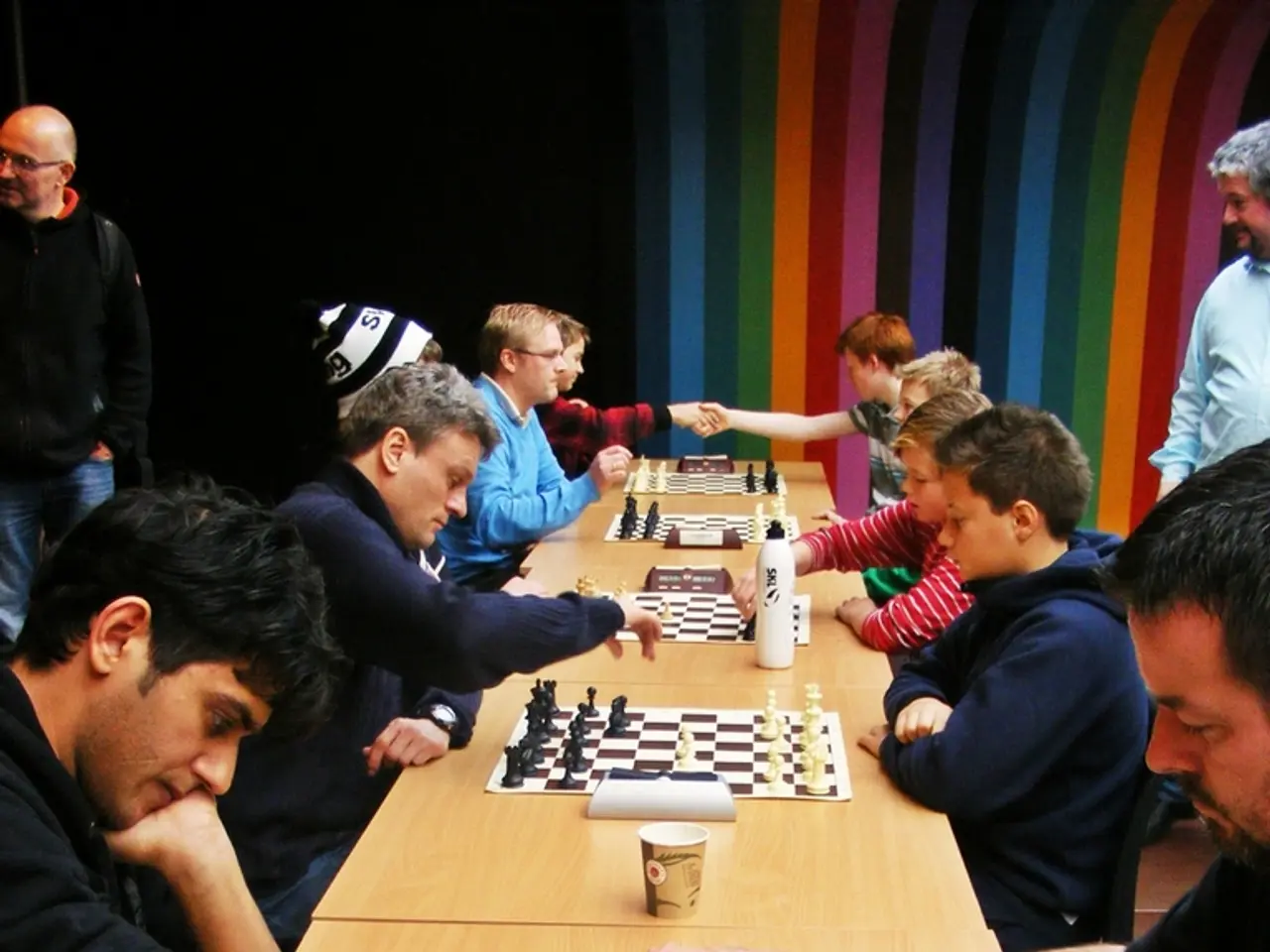Sports study proposes athletes encounter time distortion phenomenon
The University College London has recently published a groundbreaking study titled "Ready steady slow: action preparation slows the subjective passage of time." This research delves into the intriguing phenomenon of how our perception of time is influenced by the preparation for physical actions.
In the study, volunteers were asked to react to flashing and flickering discs on a screen. Their responses were used to test the hypothesis that action preparation can slow the subjective passage of time. The researchers found that, indeed, this was the case, with participants reporting a perceived lengthening of the time between the initiation of the action and the first perceived event after the action.
This effect, known as chronostasis, occurs when the brain "fills in" the temporal gap caused by sensory suppression during movement, leading to an overestimation of the duration of the first perceived event after the action. This suggests that physical movement acts as a critical temporal marker for how time is perceived, rather than mere shifts in attention alone.
The research also sheds light on the relationship between action preparation and time perception in other contexts. For instance, professional ball game players have been observed to experience a slowing of time perception before they hit a pitch. This slowing of time perception is related to effective motor preparation for achieving expert motor performance.
Moreover, the racing series WipEout on PlayStation was mentioned as an example of a reaction-based video game where the player may experience a slowing of time perception after learning the tracks. However, it's important to note that the research does not delve deeply into the relationship between video game play and time perception.
The findings of this study enhance our understanding of sensory processing during action preparation and imply that the subjective passage of time may be influenced by preparation for action. The research paper is available for reading online for those interested in exploring these fascinating insights further.
Looking ahead, these findings could have significant implications for the development of conscious, intelligent robots. Incorporating a concept analogous to action preparation influencing time perception could enhance robotic time awareness and decision-making. If a robot’s control system includes mechanisms that adjust temporal processing based on planned or ongoing actions—similar to how human saccades induce chronostasis—the robot could better handle timing in dynamic environments. This could improve synchronization, anticipation, and temporal prediction in robot behavior, contributing to more naturalistic interactions and efficient task execution.
Key Points
- Chronostasis demonstrates how physical actions (like eye movements) shift subjective timing by filling temporal gaps during sensory suppression.
- Internal clock models explain that perceived duration varies with pulses accumulated during an event, which can be modulated by action preparation.
- Applying these principles to robotics could mean designing systems where action planning alters time perception modules, improving temporal awareness and anticipation.
- The research does not investigate the relationship between video game play and time perception in depth.
- The researcher's observations do not provide concrete evidence that the slowing of time perception in video games is directly related to the research findings.
- The researcher's assumption is that faster information processing may lead to a slower perceived passage of time, and vice versa.
- The research raises the question of how a conscious, intelligent robot would perceive the passage of time.
- The study's findings suggest that the slowing of time perception is related to effective motor preparation for not only physical actions but also in sports, such as professional ball game players who experience a slowing of time before hitting a pitch.
- This research potentially has applications in areas like health-and-wellness, fitness-and-exercise, and sports, where understanding time perception can improve performance, as well as in the design of intelligent robots, which could incorporate analogous concepts to enhance their temporal awareness.




